In a previous article, I wrote about hidden uses of effect pedals, and it was surprisingly well-received. So, I thought I’d follow up with Vol. 2. To be honest, they’re not so ‘hidden’, but more like alternative ways to use pedals. But hopefully, these tips can help you shape your sound.
⇒ Previous Article: Guitar Effects Pedals: Are There Hidden Uses!?
01 Use a Volume Pedal in the Send-Return to Avoid Needing an Attenuator
Have you ever found that when you use your guitar amp at home, the volume jumps suddenly when turning up the knob from zero to a level that’s too loud to play comfortably at home? Many people buy 15W tube amps thinking they can use them for both live shows and at home, only to find out it’s too loud for home use. Even 5W tube amps can be pretty loud, so there are likely quite a few people who are struggling with this.
If your amp has a send-return feature, you’re in luck!
You can connect the amp’s send to the input of a volume pedal, and then connect the output of the pedal to the amp’s return. This allows you to control the amp’s master volume using the volume pedal!
There are also volume pedals designed for use with the send-return loop, like the one from EWS.
This product was developed by Scott Henderson, who places it at his feet and uses it to adjust the volume subtly during performances. By the way, it’s a very simple device inside.
You might have a volume pedal that you bought but haven’t used! Time to dust it off and give it a go. In this setup, it’s generally best to use a low-impedance volume pedal.
*Do NOT place a volume pedal between the amp’s speaker out and the speaker itself, as this will damage the amp.
02 Use an Equalizer as a Clean Booster
This was mentioned in the previous article, but before clean boosters became popular and widely available, people used to increase only the volume on an equalizer and use it similarly to today’s clean boosters.
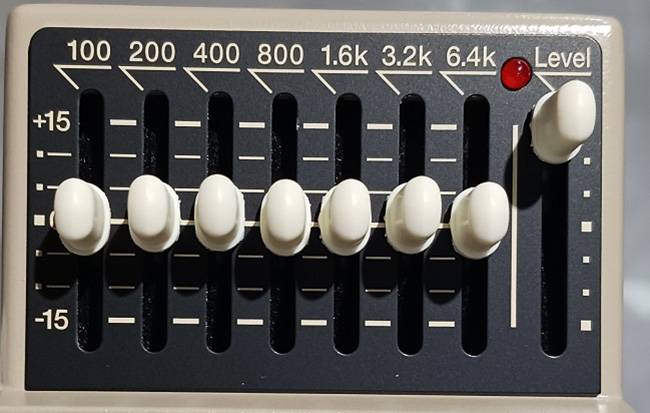
The picture shows a typical setup.
It might feel like a waste not to adjust the other faders, but this is still a useful way to use the pedal.
Since it doesn’t color the sound too much, the equalizer can increase the volume more naturally than a clean booster.
You can also set the EQ’s low frequencies lower for rhythm parts to avoid clashing with the bass, and then boost them for solos. You can even raise the highs for a sharp-sounding mute strumming solo with a humbucker pickup.
While bassists often use equalizers in their pedalboards for settings like scooping mids for slap bass, surprisingly few guitarists do the same.
If you’ve been experimenting with clean boosters, you might find that an EQ pedal is actually what you were looking for!
03 Using a Noise Gate
The basic function of a noise gate is to cut out small, unwanted sounds to reduce noise. But in recent years, they’ve been used in genres like metal and djent, where the guitar tone is heavily distorted, to tighten up fast-paced riffs.
Even the signature amp of Slayer’s guitarist Kerry King (the JCM800 2203KK), released by Marshall, featured a built-in noise gate.
When I tried it, I got the sense that it wasn’t just for reducing noise, but to sharpen the tone.
By using a noise gate while playing heavily muted, choppy riffs, the reverb is cut off, making each note stand out more clearly.
Breaks and rests are also much sharper, which enhances the tightness of the riff.
Some might say, “I can play tightly on my own, so I don’t need that!” But it’s similar to the debate over whether or not to use a compressor when playing clean rhythms—there’s a difference between tightening up your sound through your playing and using a tool to enhance it. Don’t dismiss it outright; you might discover something new!
So, whether these are truly ‘hidden uses’ or not, here are three tips for you! There are still plenty of unexpected ways to set up and use effect pedals. Keep experimenting and chasing your perfect sound!





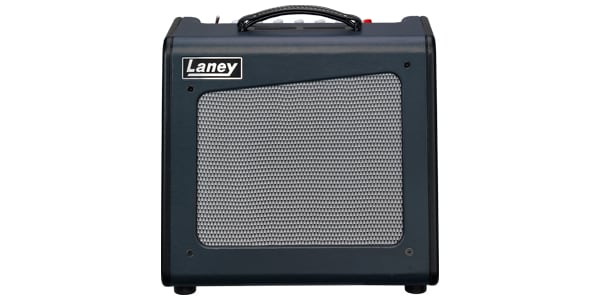
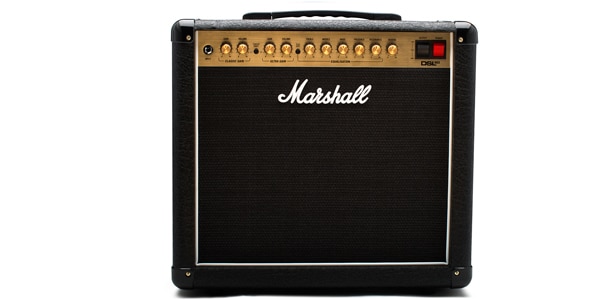
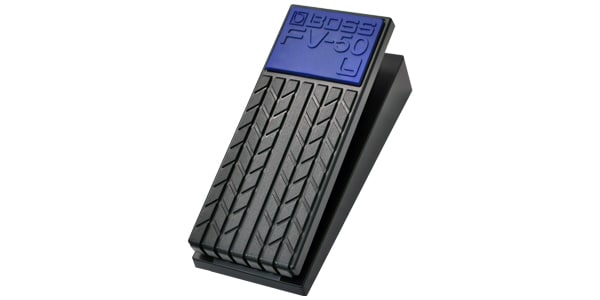
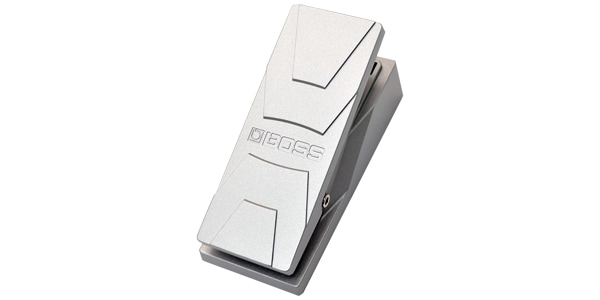
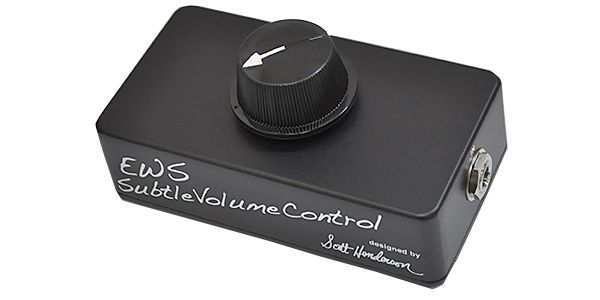






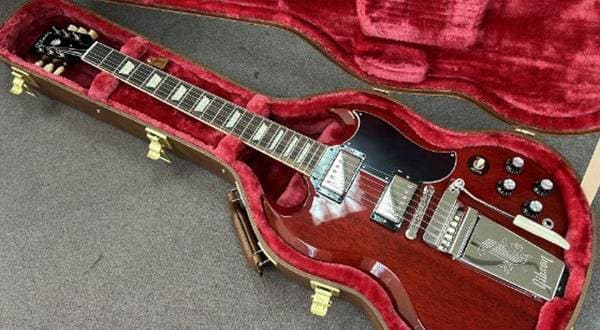

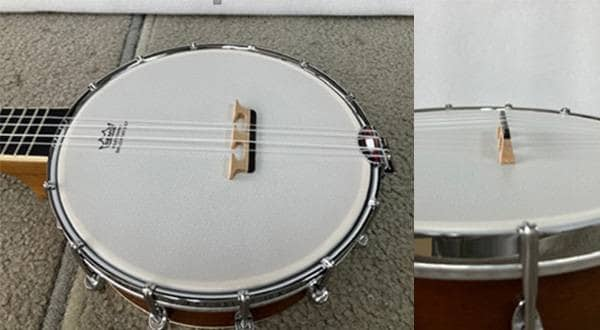
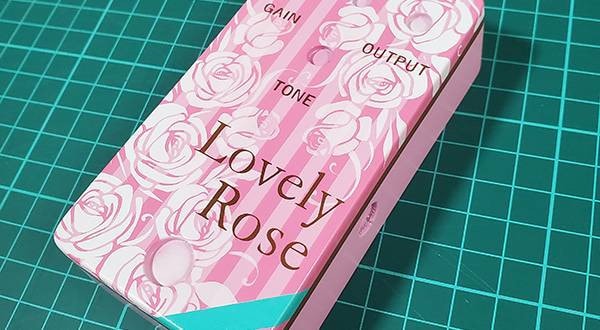
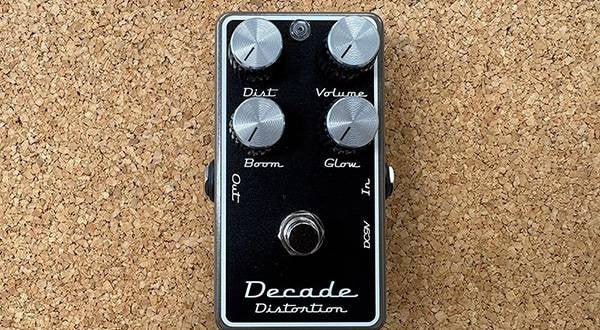
![[Beginner’s Must-See!] How To Choose A Guitar Effects Pedal!](/contents/uploads/thumbs/2/2024/9/20240904_2_28492_1.jpg)
![Recommended Effects Pedals for Backing Guitar [For Single Coil Pickups]](/contents/uploads/thumbs/5/2024/4/20240424_5_26603_1.jpg)
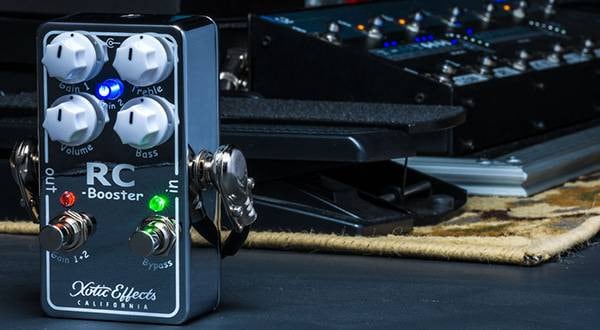
![[2025 Latest Version] 8 Recommended Reverb Effects Pedals!](/contents/uploads/thumbs/2/2023/8/20230801_2_23473_1.jpg)
![[Latest for 2025] The 10 Best Effects Pedals for Guitar Beginners!](/contents/uploads/thumbs/2/2022/5/20220526_2_18129_1.jpg)
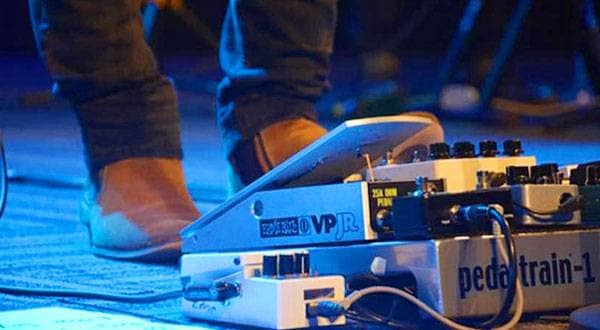
 パフォーマンスの可能性をLoop Stationで広げよう
パフォーマンスの可能性をLoop Stationで広げよう
 【初心者向け】エフェクター講座
【初心者向け】エフェクター講座
 あなたのエフェクターボード見せてください
あなたのエフェクターボード見せてください
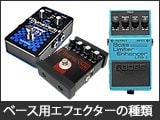 ベース用エフェクターの種類
ベース用エフェクターの種類
 エフェクターのつなぎ方
エフェクターのつなぎ方
 エフェクターの種類
エフェクターの種類















